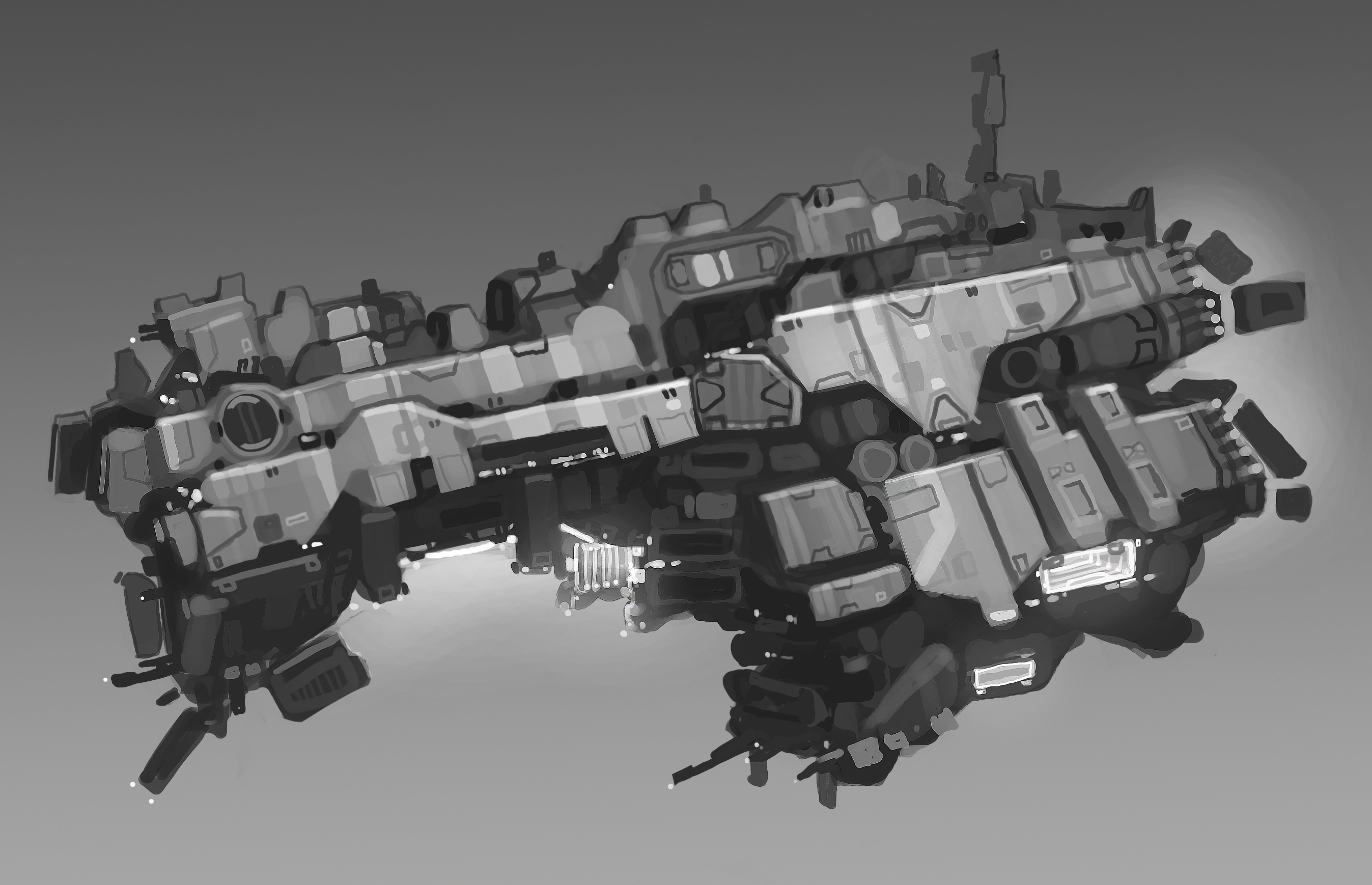

Additionally, sometimes they can get hung up on, say, a gigantic megalith sitting in the middle of the road. The big problem with pathing is that mobs of units can look more like a pile of debris rolling down a hill than ranks of trained combatants marching shoulder to shoulder. One of the most complex elements of any real-time strategy game is called “pathing” - that is, making units intelligent enough to get from point A to point B on their own. Image: Blackbird Interactive/Gearbox Publishing And so that original inspiration of Homeworld 2, with what we were starting to really scratch the surface of in Deserts of Kharak, we felt like, What if we go full-on into this?” “I heard from a number of fans that they felt that Deserts of Kharak was more 3D than a lot of the Homeworld games, because of the way the terrain worked. “The terrain featured pretty prominently in that game,” McGuire said. But the game uses subtle hills and rock formations the way other games might use vast mountain ranges: as screens for deadly ambushes and chokepoints for deadly confrontations. The game takes place in a vast desert, with four-wheeled attack vehicles, aircraft, and large land-based carriers doing battle across vast swaths of land.
#Homeworld 3 concept art Pc#
Released in 2016, Deserts of Kharak has been a fixture on Polygon’s list of the best modern PC games, in large part because of its clever use of terrain.

They weren’t able to make it work technically, and when we started talking about Homeworld 3, we were inspired by that idea, but were also inspired by what we were doing on Homeworld: Deserts of Kharak.” “This idea of space terrain and this idea of these massive large-scale megaliths that a player could interact with. “They showed this feature and they ended up cutting it later,” McGuire said. The camera swings in close alongside fighters and bombers, detailing an almost Star Wars-style trench run on the final objective, turrets blazing away in defiance of the attacking waves of enemy ships. That 21-year-old demo reel, still available on YouTube in various places, shows an assault on a large orbital structure much like the one seen in this week’s trailer. “One of the things we were heavily inspired by,” McGuire said in an interview with Polygon, “was one of the ideas that they had originally for Homeworld 2 back in - this would have been like 2001.” But, to hear Blackbird Interactive’s chief creative officer Rory McGuire tell it, it’s actually more like Homeworld the way I imagined it. This is Homeworld the way I remember it, with its signature three-dimensional space combat lighting up the darkness on my computer screen. Polygon played the level shown in that video - remotely, mind you, and without the final bits of graphical flourish like ray tracing - but the experience was nonetheless stunning.
#Homeworld 3 concept art series#
In Homeworld series they were used to create concepts of cinematics between missions.A new trailer for Homeworld 3 arrived on Tuesday, showing spacecraft large and small duking it out over the wreckage of massive orbital structures. In 1940's storyboards become standard medium of visualisation.
#Homeworld 3 concept art movie#
First complete storyboards were created in 1933 for animated movie Three Little Pigs. First storyboards were used by Walt Disney studio in 1930's. Storyboards were the sequences of static images with additional comments giving greater feel on how final animation should look like. Concept arts ranges from basic sketch up to photorealistic painting. Concepts arts of ships when accepted are used for creation of concept 3D model, sometimes corrected at this stage, and later used as additional reference for final, fully textured model. Term Concept art is used since 1930's when it was to describe images illustrating, look, design, climate of animated movie scenes or objects. Concept arts are sometimes very basic sketchesĬoncept art is the illustration, or 3D graphic used for visual representation of ideas, such as ship designs or mission concepts, before they are put to final product.


 0 kommentar(er)
0 kommentar(er)
